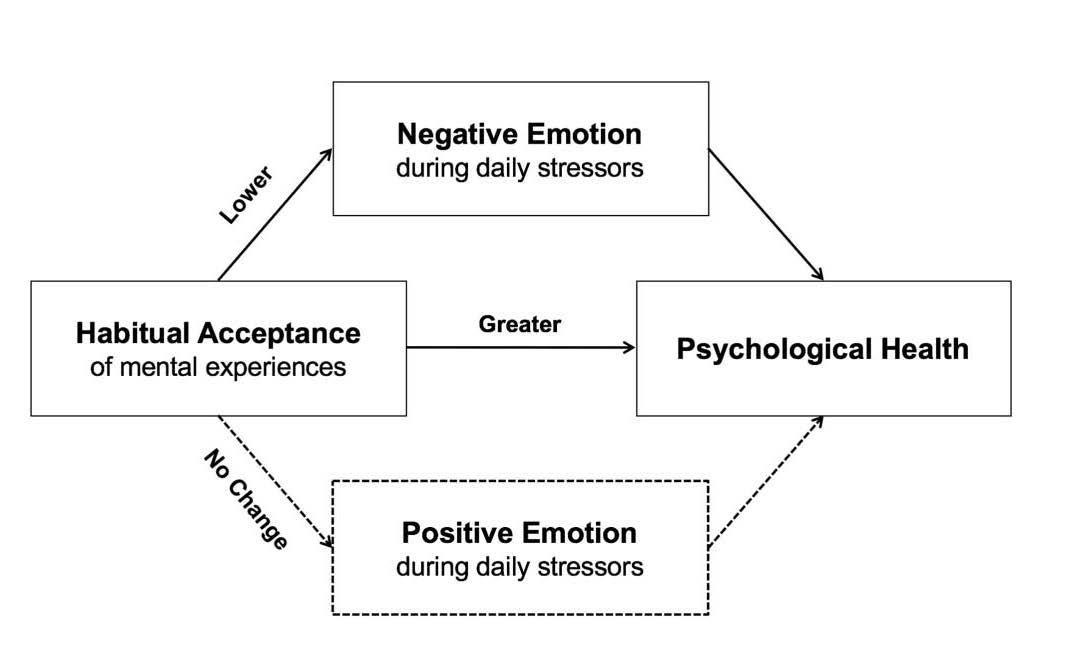
5 minute read
Taking Up Space in STEM Education
from Mindscope Issue 12
by MindScope
by A. Lizbeth Campuzano Martínez, Computer Science Major, 2025
Not only are women-identifying individuals less likely to be represented in the STEM (Science, Technology, Engineering, and Mathematics) workforce, but they also may struggle to overcome gender gap obstacles that continue after graduation, such as earning less than their male counterparts. A lot of ink has been spilled on these topics, but this article will explore how the gap of STEM workers starts with the way education shapes students to pursue their passions. From Ada Lovelace to Dr. Loretta Ford, women “not being designed for STEM” is simply not a relevant argument to explain the lack of support for women pursuing these majors.
Advertisement
One of the truths I found while researching women in science was that no nurse has ever won a Nobel Prize. While nursing sciences differ from the recognized Nobel Prize in Physiology or Medicine, nursing is perceived as a “profession deeply embedded in the gender-based power relations of society” (Neriman Akansel, 2022, para. 3). Therefore, not having an equally praised award highlights a difference in the way culture impacts these careers. Further illustrating this difference, as of 2021, “since its inception, 601 men and 23 women have received PCM (Physics, Chemistry, and Medicine) awards. This accounts for merely 3.69% women of all Nobel Laureates in 120 years” (Vijendra Agarwal, 2020, para. 8). Women made gains – from eight percent of STEM workers in 1970 to 27% in 2019 – but men still dominated the field. Men made up 52% of all U.S. workers but 73% of all STEM workers. (U.S. Census Bureau, 2021, para. 2)
While this example refers to a widely known prize, it is a great reference to the general cultural and academic support women must hold to succeed in the field. As a woman now pursuing a Computer Science major, I was consistently told I wouldn’t enjoy the courses or that I really didn’t like the science part of the field, but instead the “visual aesthetic” of designing an app or website. Even computers were typically “marketed almost exclusively to men, and families were more likely to buy computers for boys than girls” (NPR, 2010). I think this is a common experience that minorities in STEM fields share and may be rooted in how education systems cater their sciences content.
So, we have the data. Now what can we do about it? First, talk about women and non-binary individuals succeeding in STEM fields! Recognize their work in the things we use every day, like Dr. Shirley Ann Jackson, whose research is responsible for the caller ID and call waiting functions in our phones. There are many women who were never fully recognized for their developments, and finding someone you can relate to is motivating.
Second, drop the pressure and competition to be the “first.” Women being the first to achieve something in their field is what makes news headlines. However, society adds an element of competition, a metaphorical race to be the first to make it in one’s field, rather than open the way for more women to share an accomplishment. Susan Stamberg, the first woman to anchor a national nightly news program, stated “to be the first, you’re standing in for everyone. And so, you have to do it not just as well as you can, but better than anybody else, better than any of the big guys because it’s up to you, and you’ve got to sort of carrying that flag for the gender, essentially” (NPR, 2010). Photograph of Susan Stamberg. Courtesy of NPR.
Lastly, take up space in discussions outside or in the classroom! Construct a culture of inspiring others to pursue a STEM career and making it more accessible. Dr. Katie Pollard for Gladstone Institutes mentioned the importance of “forming groups, committees, and efforts—very successful ones too—to bring our community together and to advocate for the things we need” (Vazquez, 2020, para. 24). Even starting by forming study groups and not struggling by yourself while learning is useful!
References
1. Agarwal, V. (2020, December 8). Women Nobel Laureates: What has changed in 120 years? The Scientista Foundation. http:// www.scientistafoundation.com/women-in-science-news/women-nobel-laureates-what-has-changed-in-120-years. 2. Akansel, N. (2022). Gender and career: Female and male nursing students’ perceptions of male nursing role in turkey. Health Science Journal, 2(3). https://www.hsj.gr/medicine/gender-and-career-female-and-male-nursing-students-perceptions-ofmale-nursing-role-in-turkey.php?aid=3661.
3. BBC News. (2017, September 4). BBC 100 Women: Nine things you didn’t know were invented by women. https://www.bbc. com/news/world-40923649.
4. Computer Science.org Staff. (2020, October 15).Women in Computer Science. Computer Science Organization. https:// www.computerscience.org/resources/women-in-computer-science/.
5. NPR (2010, March 16). ‘First Women’ Open Doors For Future Generations. https://www.npr.org/templates/story/story. php?storyId=124737770.
6. U.S. Census Bureau. (2021, January 26). Women Are Nearly Half of U.S. Workforce but Only 27% of STEM Workers. https:// www.census.gov/library/stories/2021/01/women-making-gains-in-stem-occupations-but-still-underrepresented.html.
7. Vazquez, A. (2020, October 12). Strong Women in STEM: A Conversation with Katie Pollard. Gladstone.org. https://gladstone. org/news/strong-women-stem-conversation-katie-pollard.







